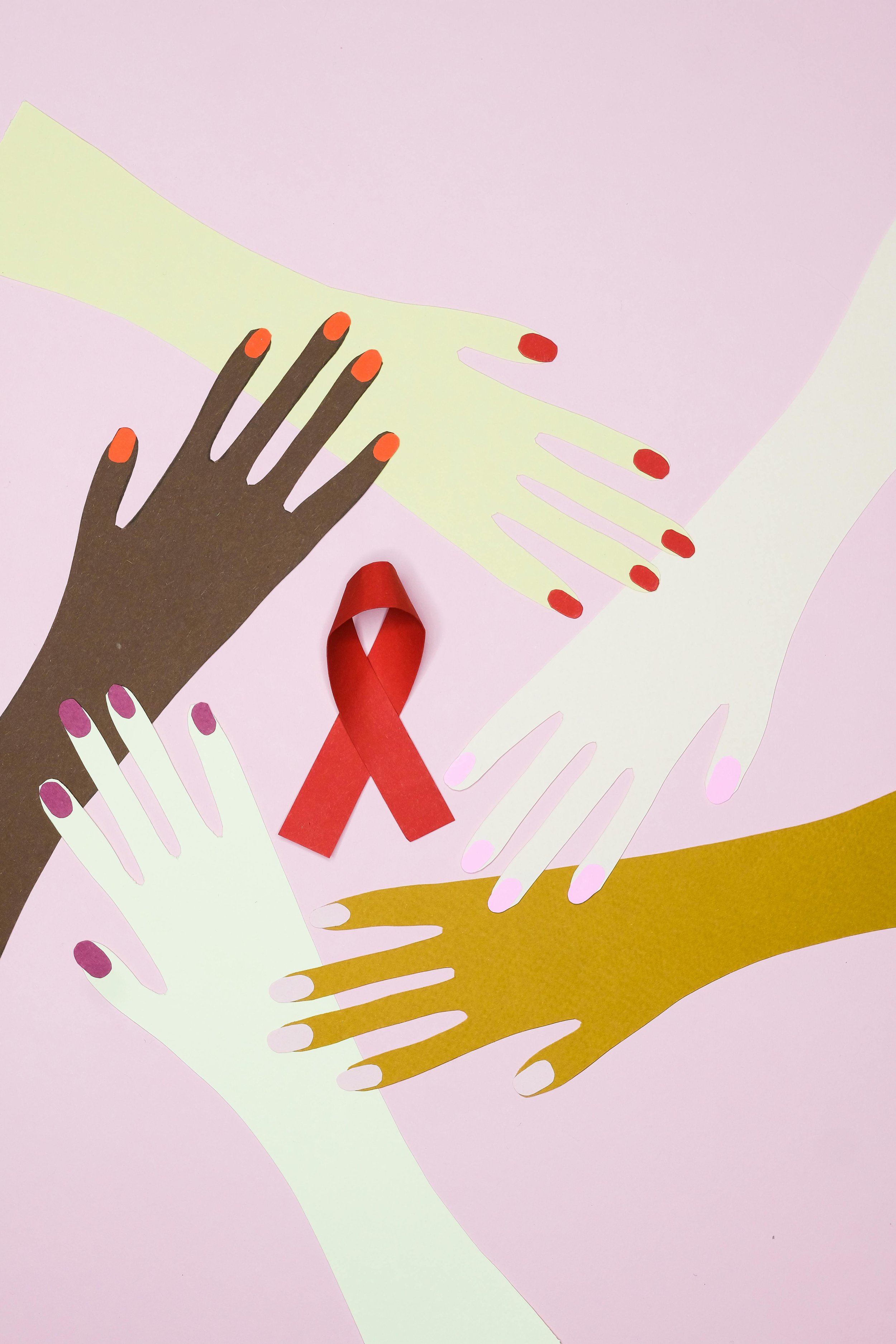"We need to think how they think":
Reaching young people and men critical to curbing HIV in South Africa's North West province
Image: Nadezhda Moryak (pexels)
Reducing new infections among young people, and increasing antiretroviral treatment coverage and viral suppression among men, is critical to maintain momentum towards controlling the HIV epidemic in South Africa’s North West Province. This was one of the takeaways from an HSRC dialogue around the results of the latest national household HIV survey. Encouragingly, the survey revealed widespread interest in the preventative treatment known as pre-exposure prophylaxis (PREP), suggesting that with enhanced awareness, PREP could prove to be a game changer in North West.
The HIV epidemic is stabilising in South Africa’s North West Province, but the prevalence among the youngest adult cohorts (15–19 and 19–24) remains worryingly high. The HSRC’s Sixth South African National HIV Prevalence, Incidence, Behaviour and Communication Survey (SABSSM VI) revealed a provincial HIV prevalence of 12.3% in 2022, down from 14.8% in 2017. This translates into 46300 people living with HIV (PLHIV) at the time of the survey. Consistent with a country-wide trend, the North West prevalence data showed more PLHIV among older age groups in 2024 than in 2017. [Figure 1]
"That's actually an indication of an ageing epidemic," said principal investigator Professor Khangelani Zuma of the HSRC. He was addressing a gathering of local healthcare experts, activists, development partners, and policymakers at the launch of the SABSSM VI findings for North West Province.
The shift in the epidemic indicates that PLHIV are living longer thanks to antiretroviral therapy (ART), Zuma said, which is good news. However, the simultaneous reduction in new infections among young people nationally was not seen in the North West. Instead, prevalence increased slightly from 3.2% to 4.5% (the difference was not statistically significant).
"One would expect that fewer infections actually take place in 2022 compared to 2017 because of the messages [around] condom use, and knowledge about HIV," Zuma said. However, prevalence had not decreased as expected among young people. "That is a concern."
Figure 1. Overall HIV prevalence by age group, North West Province, 2017 and 2022
Dual focus
The higher prevalence among girls aged 15–19 (8.3%) compared to boys (3.3%) pointed to age-disparate relationships as an ongoing driver of new infections in this age group. The province had among the lowest ART coverage (78.9%), with 69.9% of men living with HIV on treatment. Within the province, ART coverage was lowest in Bojanala (81.5%), the sub-district with the highest prevalence. North West remained the province with the lowest viral suppression, at 58% in 2017 and 77% in 2022.
"We have a group of men out there who are living with HIV but are not on treatment, and they don't even want to participate in the studies," said Zuma, referring to the lower SABSSM VI survey participation rate among men (85.5%) than women (91.9%) in the province.
Among men, viral load suppression was just 62.5% compared to 84.9% among women, translating to a large pool of men able to transmit HIV to their sexual partners, including young girls and women.
The dialogue participants agreed that reducing new infections in the province would require a dual focus on empowering young people with prevention and treatment strategies and improving HIV messaging aimed at men. With HIV prevalence and ART coverage varying by sub-district, strategies also needed to take into account localised challenges.
Men-to-men groups
Creating safe spaces for open dialogue emerged as a critical strategy to engage with men. "We need to start having conversations with men... about many issues, issues around HIV, issues around gender-based violence, issues around VMMC [voluntary medical male circumcision]," urged Bonolo Motlhomi from the sexual and reproductive health group Shout it Now.
The success of Shout it Now's Man-to-Man programme is evidence of the effectiveness of this approach. The programme provides a safe space for men to talk about gender norms and sexual health, to share information on HIV prevention, and to test for HIV. However, such development partner initiatives are limited in scope and require state collaboration to upscale.
An important component of HIV messaging, particularly in the context of men, was the U=U (undetectable = untransmittable) campaign, launched nationally in 2023. The campaign aims to raise awareness that PLHIV on treatment and virally suppressed cannot transmit HIV. However, Neo Moepi of the North West Provincial Council on AIDS suggested that U=U had been "poorly introduced" in the province, with some individuals using it as an excuse to stop using condoms. Participants agreed that while the U=U campaign could reduce stigma and encourage treatment adherence, it should be accompanied by widespread messaging around the importance of consistent condom use.
Going digital
Although only 6.4% of PLHIV were between the ages of 15 and 24, young people accounted for 15.8% and 15.5% of those not on treatment and not virally suppressed, respectively. (Figure 2) Participants agreed that reaching young people required channelling the limited available funding into innovative, youth-led campaigns.
"We need to think how they are thinking," said Puseletso Mohapi from PEPFAR. "We need to go digital." The participants suggested that HIV messaging be designed by young people and delivered on popular social media platforms like TikTok and Instagram.


